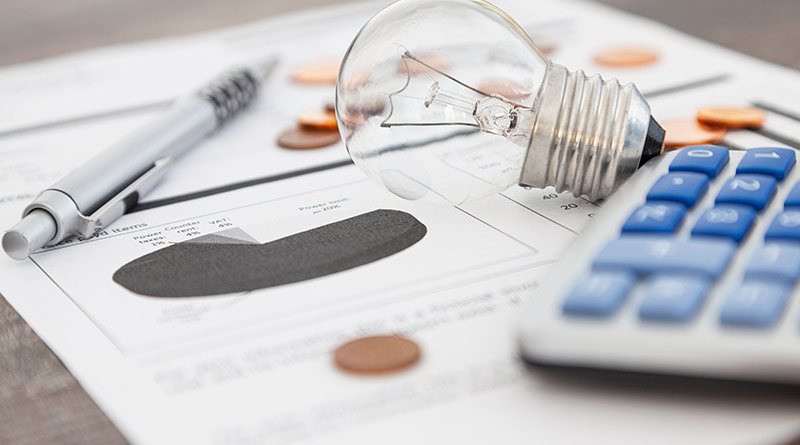Top Tips For A More Energy-Efficient Business

With rising business energy costs, energy efficiency has become much more of a necessity no matter the size of your company.
Lowering energy consumption is highly profitable for businesses. Effectively reducing energy costs means you have much more cash flow available to invest in more advanced equipment, salary increases, modernisation, renovation works and more.
Business utilities experts Love Energy Savings (www.loveenergysavings.com), has put together a commercial energy savings guide to help businesses build an energy-efficient model to implement in their companies to save energy.
Upgrade Your Thermostat
Smart devices are not just for domestic environments. A company can hugely benefit from investing in smart technology – especially a programmable thermostat. The thermostat doesn’t even need to be a smart device, simply installing a thermostat that can be programmed during business hours can help reduce heating and cooling costs by up 30% according to the Carbon Trust.
Hot Water Heaters
Whilst considering switching business water suppliers can make a difference, investing in a more eco-friendly energy efficient hot water heater can be a great idea.
Hot water heaters can usually be installed directly where the old water heater tank was kept. This conserves energy as you won’t continue to heat copious amounts of water throughout the day.
You may also wish to consider the option of a solar hot water system. This water heating system pushes water through solar-heated tubes. Both of these options benefit from piping insulation – an inexpensive, but highly effective means of encouraging heat retention.
Install Motion Sensitive Light Switches
Lighting costs are usually the biggest contributors to the energy bill. Simply installing motion sensors for lighting can help your business become much more energy-efficient and help reduce those energy bills.
A great place to start is areas around your business premises that are not occupied throughout the day. This can help with saving energy by stopping employees from leaving lights on when areas are not in use.
Make The Most Of Daylight
Maximising the amount of daylight that enters a space should be something that all building owners should prioritise. By making use of the likes of skylight windows, particularly on the north or south side of your building. Operable windows or skylights are an effective solution as they allow hot air to escape when it’s warmer, which in turn reduces the cooling load.
Upgrade Your Lighting
LED lighting is a hugely popular choice right now, largely because of its proven energy consumption minimising effects. So, if your lighting setup is in need of an upgrade, LED is the way to go. Switching to LED lighting has the potential to reduce your electrical costs by up to 60% according to the Carbon Trust.
LED lighting also boasts the benefit of minimal heat generation, ultimately lowering air conditioning load and thanks to the long lifespan of LED lighting, cutting maintenance costs, too. The majority of LED lighting users note an improvement in the clarity and crispness of their lighting, which can help make for a more productive and happier workspace.
It’s also worth switching old-fashioned bulbs for compact fluorescent bulbs with a low energy consumption. Typically speaking, lighting an office costs approximately £3 per square metre each year, compared with £1 per square metre each year in an energy-efficient office space.
Perform Regular Maintenance Checks On Equipment
HVAC (Heating Ventilation Air Conditioning) is one of the quickest and easiest means of elevating energy efficiency. The proper maintenance of HVAC systems will make for a building that uses 15-20% less energy than those without a maintenance plan. It’s important to ensure that your maintenance plan is inclusive of refrigerant level checks.
After Hours Usage
The term ‘phantom electric loads’ refers to the electricity consumed by electronic devices when they aren’t actually in use. Devices such as clocks on the oven or microwave and lights that are set up on a timer are just a couple of examples – and while these may seem fairly insignificant, did you know that they can contribute to up to 10% of your energy bill?
The most effective way to minimise phantom electric loads is to unplug equipment where possible, or failing that, set up standby times. Another energy saving technique is to incorporate smart power strips to help ensure power is being consumed.
Switch business energy suppliers
On top of reducing energy consumption, you should also switch your commercial energy supplier. This could save your business hundreds of pounds per year. These energy saving measures can help free up cash to be invested in other areas of your business.
